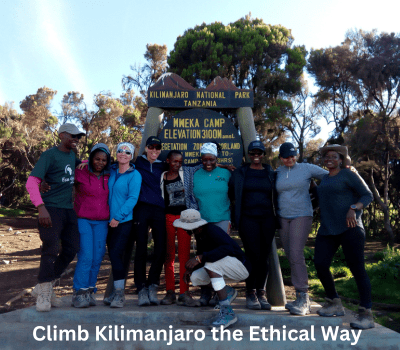What Is the Success Rate of Reaching the Summit of Kilimanjaro Afrika?
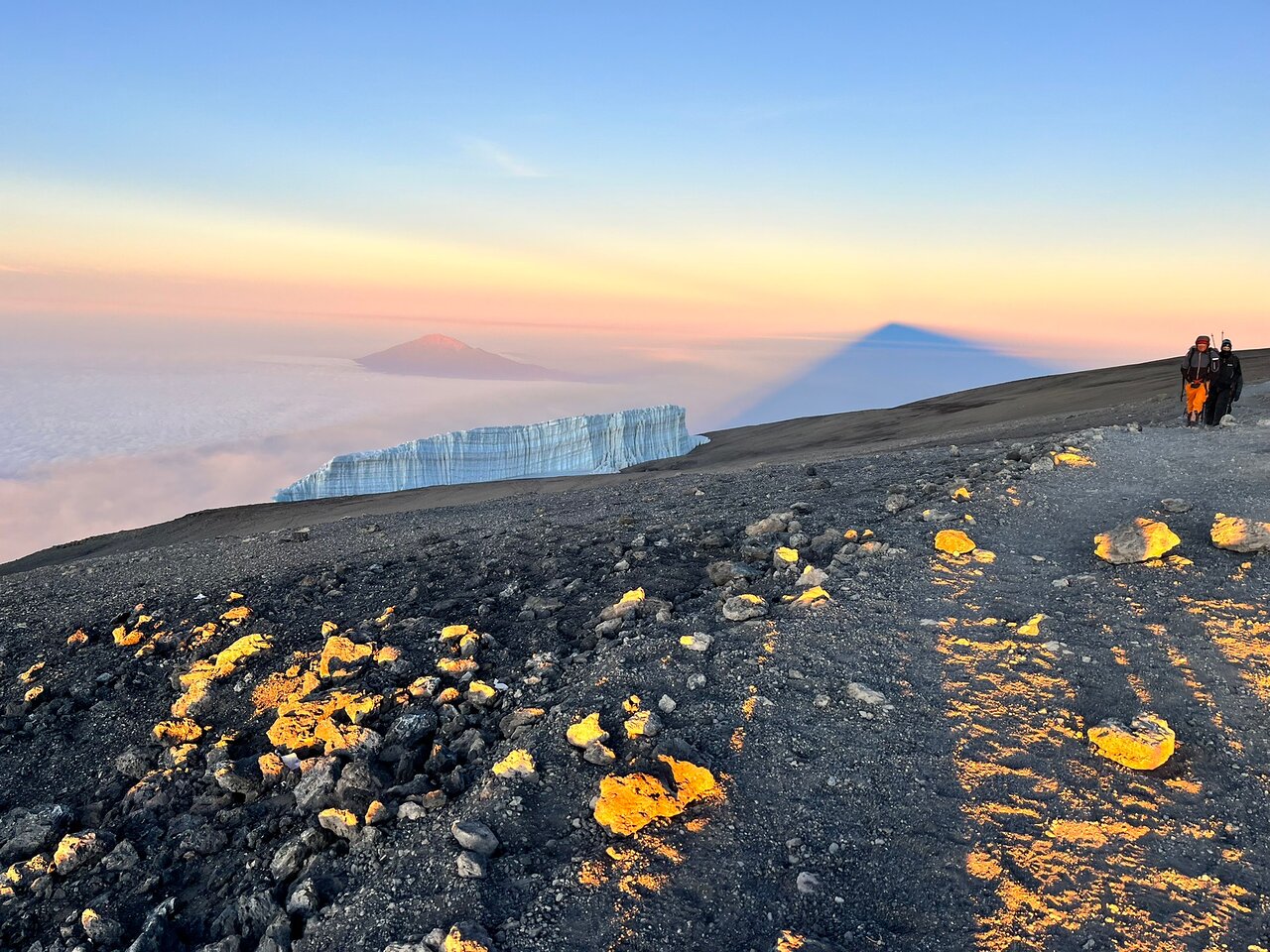
Introduction: Why Summit Success Matters
Reaching the summit of Mount Kilimanjaro, known as Uhuru Peak, is the dream of thousands of adventurers each year. It’s not just a physical journey but a mental and emotional one that tests your endurance, determination, and preparation. However, not every climber makes it to the top. That’s why understanding the success rate of Kilimanjaro is critical if you’re planning your own climb.
At Eco-Africa Climbing, we’re committed to helping our clients achieve their summit goals safely and ethically. We believe the key to summit success lies in smart route selection, expert guidance, proper acclimatization, and physical readiness. But first, let’s explore the actual success rates and what affects them.
If you’re wondering, “Will I make it to the summit of Kilimanjaro?”—you’re not alone. And the good news is, with the right approach, your chances are better than you think.
The Average Kilimanjaro Summit Success Rate
The overall summit success rate across all Kilimanjaro climbers hovers around 65%, according to data from the Kilimanjaro Porters Assistance Project (KPAP) and Tanzanian National Parks Authority. But that number alone doesn’t tell the full story. Success rates vary significantly depending on the operator, route, length of the itinerary, and the climber’s physical condition.
At Eco-Africa Climbing, our summit success rate is much higher than the average—over 95% for trekkers who choose longer, better-acclimatized routes like the Northern Circuit or Lemosho Route.
Here’s a quick breakdown by route type:
| Route | Average Success Rate |
|---|---|
| Marangu (5–6 days) | 50–60% |
| Machame (6–7 days) | 70–80% |
| Lemosho (7–8 days) | 85–90% |
| Northern Circuit (8–9 days) | 90–95% |
| Rongai (6–7 days) | 70–85% |
As the table shows, the longer the route, the higher your chances of success. This is because longer routes offer better acclimatization opportunities—something we’ll explain more in a moment.
How Route Choice Affects Your Summit Odds
Not all Kilimanjaro routes are created equal. The route you choose has a massive impact on your likelihood of reaching the summit. While the Marangu Route is the oldest and most popular, it’s also the least successful—mainly because it’s too short for most people to properly acclimate.
At Eco-Africa Climbing, we often recommend the 8-day Lemosho or Northern Circuit routes. These provide a more gradual ascent, allowing your body to adjust to the altitude before summit night. More time on the mountain means your body produces more red blood cells, helping you absorb oxygen more efficiently.
Another benefit of these routes? They’re quieter, less crowded, and more scenic. That means a more peaceful journey, less stress, and better chances of staying focused and healthy.
The Impact of Acclimatization on Summit Success
Acclimatization is the most important factor in determining whether or not you reach Uhuru Peak. High-altitude sickness (AMS) affects a significant number of climbers, especially those who ascend too quickly. Symptoms include headaches, nausea, dizziness, fatigue, and shortness of breath.
At Eco-Africa Climbing, we prioritize safe acclimatization by offering:
- Longer itineraries (7–9 days)
- “Climb high, sleep low” tactics
- Daily health checks with pulse oximeters
- Emergency oxygen and evacuation protocols
We also educate climbers on AMS symptoms during our pre-climb briefings. This kind of preparation not only keeps you safe but gives you the confidence to push forward when the going gets tough.
How Experience, Fitness, and Preparation Improve Your Chances
While Kilimanjaro doesn’t require technical climbing skills, being physically and mentally prepared greatly increases your odds of success. At Eco-Africa Climbing, we provide training guides to help you build strength, endurance, and altitude readiness before you even arrive in Tanzania.
Here’s how to boost your summit chances before you go:
- Train for at least 8–12 weeks before your climb
- Focus on cardio, strength, and long hikes
- Practice hiking with a daypack to simulate summit conditions
- Use your hiking boots during training to break them in
- Study Kilimanjaro routes and daily routines
Preparation also includes mental toughness. Summit night is long, cold, and exhausting—but incredibly rewarding. Knowing what to expect and having the right gear can help you power through the final push.
How Professional Guides Affect Your Summit Success
Your guide is arguably the most important factor in whether or not you’ll reach the summit of Kilimanjaro. Guides do much more than lead the way—they assess your health, monitor your progress, manage the pace, and make critical decisions about safety and altitude-related risks. That’s why at Eco-Africa Climbing, we include only certified, experienced guides on every climb.
Our guides are trained in Wilderness First Response (WFR) and emergency procedures, with years of experience summiting Kilimanjaro. They carry pulse oximeters to check oxygen saturation and administer emergency oxygen if necessary. This proactive care significantly boosts your chances of making it to the top safely.
It’s no surprise that our summit success rate is over 95%—our guides are trained to get you there, and get you home, safely.
The Role of Safety Gear and Emergency Support
Even the best-prepared climbers can face altitude challenges, which is why safety gear is a must on Kilimanjaro. Many tour operators cut corners, but not Eco-Africa Climbing. Every climb includes:
- Emergency oxygen tanks
- Pulse oximeters for daily health checks
- First-aid kits and trained personnel
- Access to evacuation plans and helicopters
All this equipment is carried and managed by our crew. This level of care creates a safety net that lets climbers focus on the journey—not the risks. For us, summit success starts with a strong safety foundation.
How Weather Influences Your Summit Outcome
Weather on Kilimanjaro can be unpredictable. From clear sunny days to sudden snowstorms, climbers can face it all in a single week. That’s why the timing of your climb has a big impact on your success.
The best months for summit success are January–March and June–October. These are dry seasons with better trail conditions and clear summit windows. At Eco-Africa Climbing, we help you choose the ideal time to match your physical preparation with good weather.
And even in rough conditions, our experienced guides know when to push, when to pause, and when to reroute. That decision-making under pressure is key to summit success.
Why Longer Routes and “Pole Pole” Pace Work Best
In Swahili, we say “pole pole” (slowly, slowly). This isn’t just a catchy phrase—it’s the key to high-altitude success. Fast ascents increase your risk of altitude sickness and failure. Slower, longer climbs give your body the time it needs to adapt to low oxygen levels.
That’s why Eco-Africa Climbing recommends routes that last 7–9 days. Our 9-Day Lemosho with Crater Camp is one of the most effective itineraries for acclimatization and comfort.
In fact, climbers on longer routes have up to a 40% higher summit success rate than those on quick 5–6 day treks. So take your time—your summit chances depend on it.
How Group Size Affects Success and Safety
Big tour groups may sound fun—but they come with downsides. Slower communication, delayed response to medical issues, and less personalized attention can all lower your chances of reaching the summit.
At Eco-Africa Climbing, we limit group sizes for safety and intimacy. Our small group tours offer individualized support, allowing our guides to closely monitor each climber. We keep the guide-to-client ratio high so you get the care and pace that suits your needs.
Smaller groups also adapt faster, maintain morale, and foster a stronger team vibe—all factors that raise summit success rates.
The Power of Mindset and Mental Endurance
Physical fitness gets you up the mountain—but it’s mental strength that gets you to the summit. Altitude, cold, fatigue, and long days challenge even the fittest hikers. That’s why your mindset plays a crucial role in whether or not you reach Uhuru Peak.
At Eco-Africa Climbing, we coach our clients through the tough moments. Our guides are trained not only in mountain safety, but in motivation. They’ll check in with you, encourage you, and remind you why you started.
Here’s how to mentally prepare:
- Visualize success—see yourself standing at the summit
- Break the climb into small goals—one camp at a time
- Lean on your team—support, laughter, and unity matter
- Trust your guide—they know the signs of danger and strength
Our 7-star mountain service ensures that you’re not just physically cared for—but emotionally supported too.
How Food and Hydration Impact Summit Performance
You can’t summit on snacks alone. Proper nutrition and hydration are essential at high altitude, where your body burns more calories and dehydrates faster. The better you eat and drink, the better your body performs—and recovers.
That’s why at Eco-Africa Climbing, we provide three fresh, hot meals daily. Our chefs prepare balanced meals tailored to your diet—vegetarian, vegan, gluten-free, or halal. From energy-rich breakfasts to warm soups and complex carbs, we fuel your summit.
We also monitor water intake, encouraging you to drink 3–4 liters per day. Staying hydrated helps reduce altitude sickness and keeps your muscles functioning properly.
Why Rest and Sleep Make or Break a Climb
Sleep is one of the most underrated factors on Kilimanjaro. Your body heals, adapts, and recovers during rest. Poor sleep can lead to fatigue, weak immunity, and slower altitude acclimatization.
At Eco-Africa Climbing, we invest in high-quality sleeping equipment. Our Lemosho route packages include warm sleeping bags, foam mattresses, and Mountain Hardwear tents. We also set up clean, private toilet tents and cozy dining tents so your entire camp experience supports recovery.
If you sleep well, you climb well. It’s that simple.
The Unsung Heroes: Porters, Cooks, and the Support Team
Your summit success isn’t a solo achievement—it’s powered by the hardworking crew behind the scenes. Porters carry your gear, cooks fuel your body, and staff set up your camp before you arrive. At Eco-Africa Climbing, we believe every crew member is essential to your success.
We’re proud members of the Kilimanjaro Porters Assistance Project (KPAP). That means we pay fair wages, supply proper gear, offer insurance, and ensure ethical treatment of every team member. A respected and motivated crew performs better—and helps you perform better too.
Every step you take is backed by the effort of dozens of hands and hearts working together to help you succeed.
Why Ethical Tour Operators Deliver Higher Success Rates
Choosing an ethical operator isn’t just about doing the right thing—it’s about getting the right results. Companies that care for their staff, respect the mountain, and prioritize safety will always outperform those chasing profits.
At Eco-Africa Climbing, we’re known for delivering 7-star service with sustainable values. From carbon offsetting to community support, we believe in responsible tourism. Our clients get not only a summit—but a deeper connection to Tanzania, its people, and its future.
If you’re serious about reaching the summit, climb with a company that’s serious about your success.
Conclusion: Reaching the Roof of Africa Is Within Reach
So, what is the success rate of reaching the summit of Kilimanjaro Afrika? While the average is around 65%, climbers with proper acclimatization, experienced guides, and strong support systems—like those provided by Eco-Africa Climbing—can achieve success rates as high as 95%.
From choosing the right route to training smart, fueling properly, and trusting your guide, success is a combination of preparation and partnership. When you climb with us, you’re not climbing alone—you’re backed by decades of experience, expert care, and a passionate team who believes in your summit.
Ready to stand on the summit of Africa’s highest peak? Let’s make it happen—together.
Frequently Asked Questions (FAQs)
How many people fail to summit Kilimanjaro?
Roughly 30–35% of climbers do not reach the summit. However, that failure rate drops significantly on longer, guided routes with experienced operators like Eco-Africa Climbing.
Which Kilimanjaro route has the highest success rate?
The Northern Circuit Route boasts the highest success rate at 90–95% due to its length and excellent acclimatization profile.
Can I increase my summit chances with training?
Yes. Training for endurance, strength, and altitude simulation can boost your readiness. Use our fitness guide to prepare smart.
Is summit success guaranteed with a guide?
No one can guarantee a summit. But climbing with certified guides from Eco-Africa Climbing dramatically improves your odds due to expert pacing, health checks, and route management.
What’s the best time of year to summit Kilimanjaro?
Climb during Tanzania’s dry seasons—January to March and June to October—for optimal weather and trail conditions. Learn more here.
Ready to Maximize Your Summit Success?
With over 1,000 successful climbs and a 95% summit rate, Eco-Africa Climbing is your trusted partner for Kilimanjaro. Choose from routes like the Machame, Lemosho, or Northern Circuit, and let’s reach Uhuru Peak together.
Start planning now and climb with a company that values your safety, success, and story. Book your climb today.
Share:
Related Posts
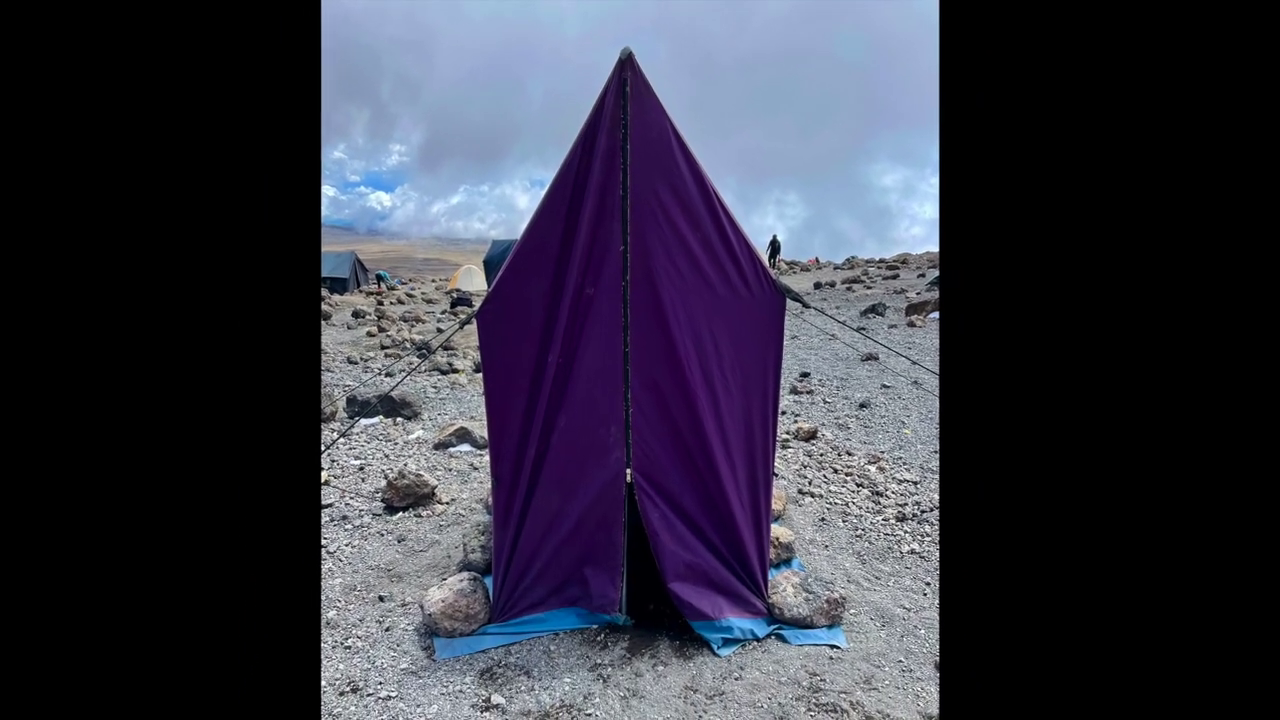
bathroom on mountain kilimanjaro
Bathroom on Mountain Kilimanjaro: What to Expect and How to Prepare Introduction One of the most common — and least discussed — questions from people
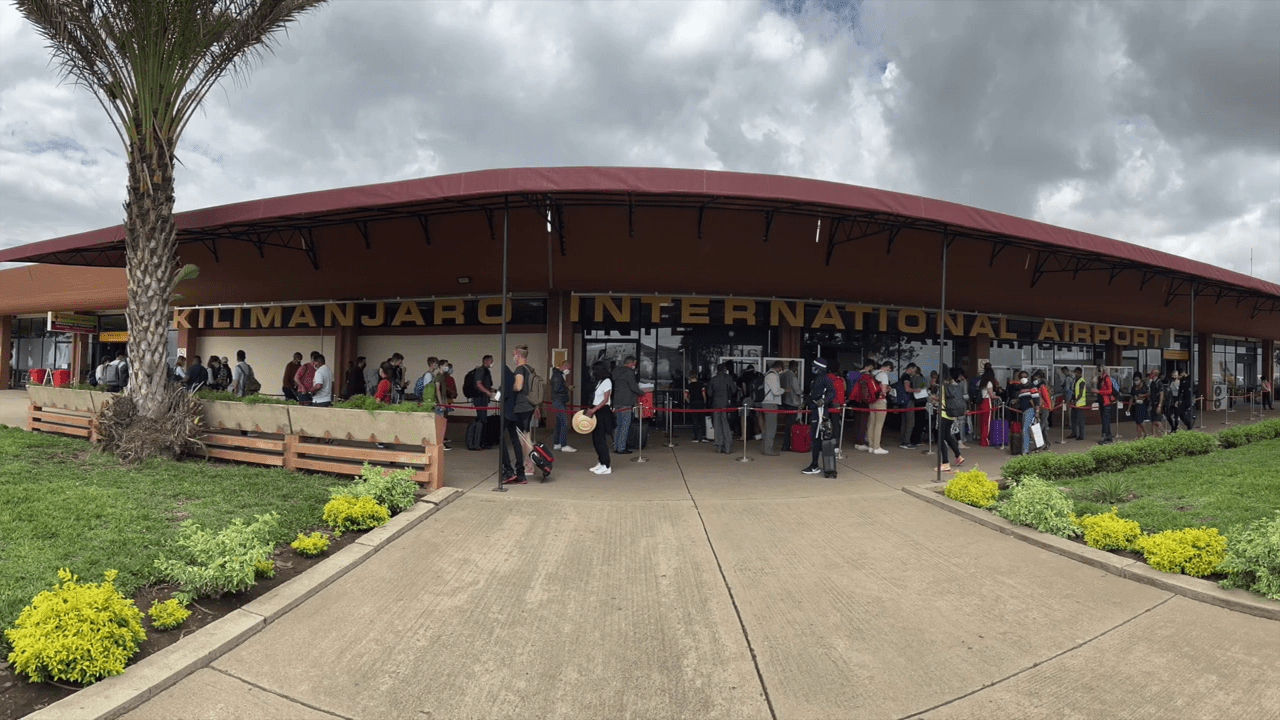
Are Guides Readily Available in Tanzania Without Prior Booking?
Are Guides Readily Available in Tanzania Without Prior Booking? Introduction: Should You Risk Climbing Without Pre-Booking? Climbing Mount Kilimanjaro is a dream for many adventurers.
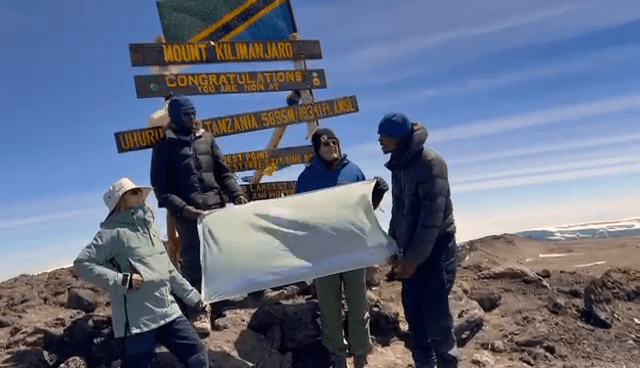
How Can I Find a Reliable Local Guide for My Kilimanjaro Expedition?
How Can I Find a Reliable Local Guide for My Kilimanjaro Expedition? Introduction: Why the Right Guide Is Key to Kilimanjaro Success Climbing Mount Kilimanjaro
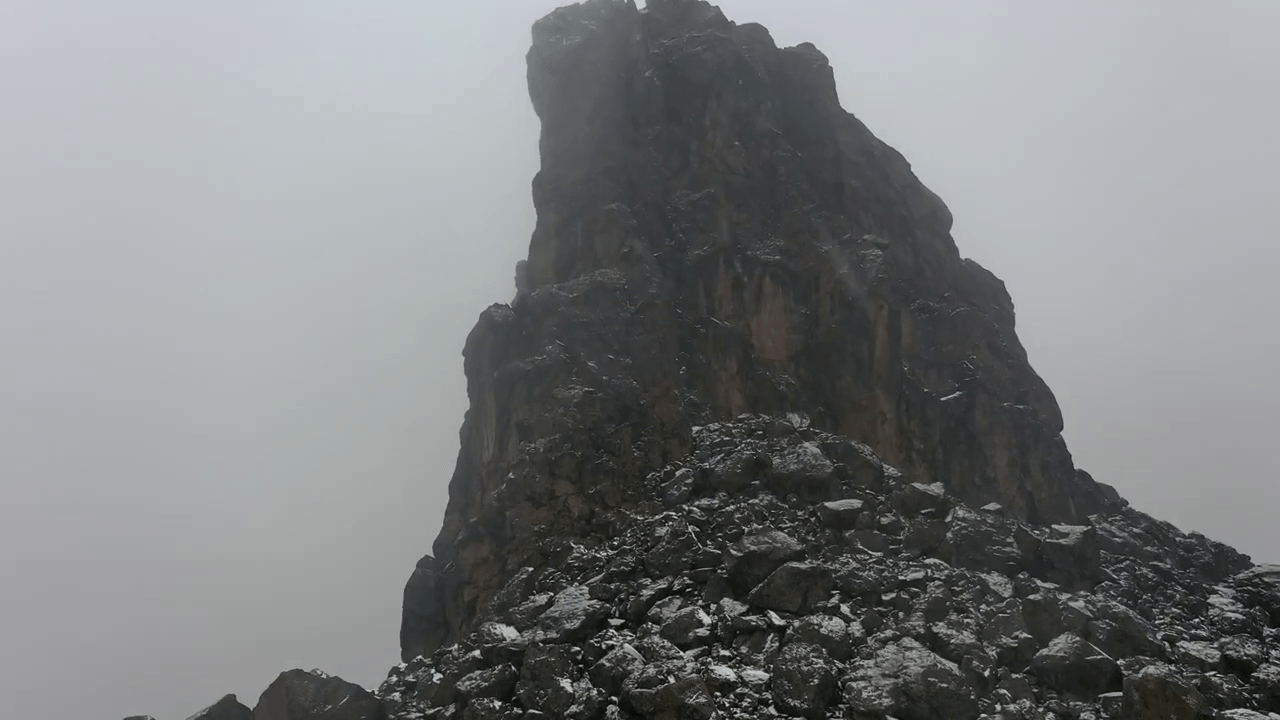
Is Climbing Kilimanjaro Dangerous for Individuals Without Mountaineering Experience?
Is Climbing Kilimanjaro Dangerous for Individuals Without Mountaineering Experience? Introduction: The Myth of Danger and Experience Many aspiring adventurers wonder if climbing Mount Kilimanjaro is
